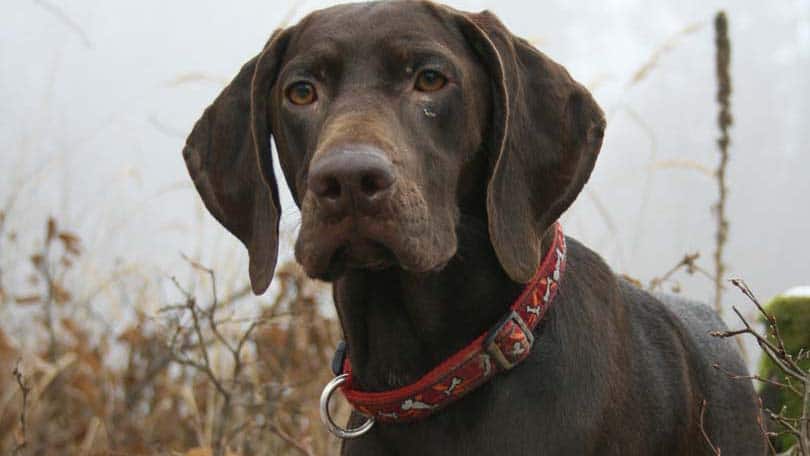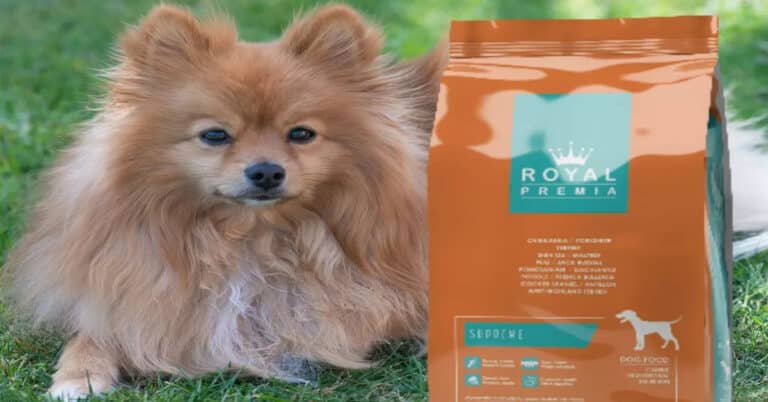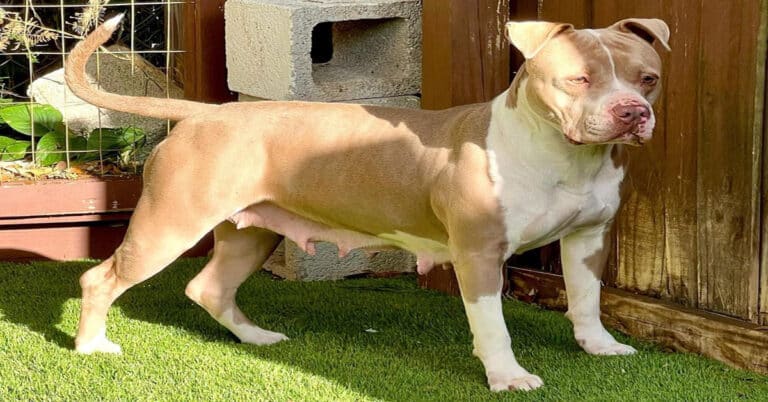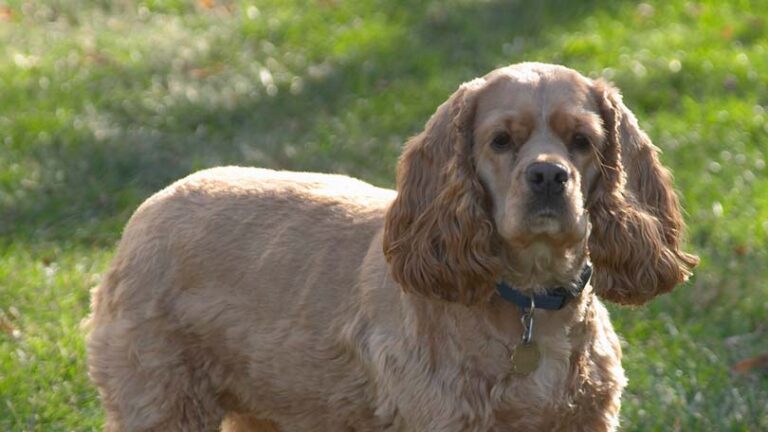Growling – Why Dogs Growl
Dogs communicate in many ways – barking, yipping, snarling, growling, screaming, and the many forms of body language connected to each of these vocalizations. Reading a dog’s intention is a vital part of understanding what it is the dog wants you to understand.
Why Dogs Growl
It is not known why growls developed or why so many different animals would have this one form of vocalization in common. One theory suggests the deeper tonal range of a growl implies a larger animal; in the dark, it is difficult to judge accurately the size of a dog growling for example. Even when you can see what it is that is growling, the sound lends even a small dog a menacing presence.
Dogs do not say or express anything that does not have meaning. They do not know how to lie or deceive by acting one way but doing the opposite. That is one reason why humans bond so tightly with their dogs; there is trust in knowing your dog will always tell you the truth.
Growling in dog language is a warning and depending on the situation or body language, what that warning means or how the implied threat is acknowledged is important part of the interaction between humans and dogs. A dog growling while in a play bow and wagging his tail is obvious but what about the growling dog that has his ears back, front legs are stiff and wagging his tail? He is warning of an imminent attack unless you back up slowly and/or stop doing whatever it is he does not like.
When you watch a litter of puppies play, growling is a common sound. They practice their body language, their vocalizations and learn what gives the most favorable result. Dogs growl to show dominance, because they are scared and potential fear biters, territorial aggression so protecting his yard, his toys or his food, part of the predatory behavior so the dog is in hunt mode, demonstrating pain-induced aggression, or maternal aggression in the case of a mother protecting her young. The reality is even the cutest dogs will growl if they feel they’re being threatened.
Learning to read what a growl means is an important part of living in our dog-happy society.
Types of Growls
The Talking or Play Growl
The play growl is often the most misunderstood growl in doggy language. Many owners encourage the play growl in puppies because they think it is cute. Unfortunately, this can make it difficult for non-doggy visitors or friends to understand that the dog is only playing and not threatening them. It is best to dissuade play growling in puppies and young dogs for this reason.
A play growl is usually accompanied with a wagging tail or a playful ‘chase me’ look in the dog’s eyes. It is often a higher pitch then a regular growl and coming from the dog’s throat versus the dog’s belly. His ears will be relaxed and his movement loose and agile. Nothing in his demeanor implies threat except the growl.
One of the most common times to hear a play growl is during a game of tug of war. Some trainers and behaviorists believe playing ‘tuggies’ actually increases the aggression in dogs and suggest the best course of action is not playing the game at all. This is an extreme approach and unless a dog is extremely dominant, using your common sense during the play session will usually keep everyone safe. If the tone of the play growl deepens and moves from being generated in the throat by the vocal chords to a deep rumble that seems to be coming from his belly, stop the play session until everyone calms down.
The Warning Growl
The most common of the growls, the warning growl is just that – an audible threat meant to stop someone or something from approaching. Usually a high to medium pitched sound coming from anywhere between the throat and the chest, a warning growl may be accompanied by barred teeth, ears pinned straight back, stiff posture and movements and a tail either tucked between the hind legs if the dog is scared or pointed straight up in the case of a dominant dog.
A wagging tails demonstrates excitement so do not be fooled by an obvious warning growl accompanied by a wagging tail, this dog means business and is excited about the proposition. Never believe a wagging tail means the dog wants to be your friend as there is a wide variety or types of excitement.
The ‘I am going to eat you’ Growl
This is a growl that means business. Nothing is more frightening then being the on the receiving of this growl – it is an experience you will never forget. To stop the attack, you have to stop what you are doing immediately, avert your eyes and back away slowly and intentionally. A growl implying imminent attack comes from the belly and sometimes turns into a growl-bark. The whole body is involved in telling you to back the heck up – ears are pointed forwards, teeth are barred, its hackles or guard hairs are straight up and the dog is on his tippy toes, leaning into the imminent attack.
What to Do with a Growling Dog
The simple answer is back away but there is more to it then backing away. A dog at this level of threat is reading your body language and since humans stiffen when threatened, which could be read as an attempt to make yourself look bigger, this alone could be enough to mislead the dog of your true intentions. Stay relaxed, make yourself look small and submissive, do not make direct eye contact or stare, as this is a dominant or aggressive gesture in dog language. Back away slowly, do not run away, do not scream or make erratic movements.
Teaching Kids about Dog Safety
The largest percentage of dog attacks on humans is to children with the highest incident occurring to boys between the ages of five to nine. Forty-seven percent of the time, it was the family dog and 90% of these attacks are in the family home. The median age for dog bite victims in the US is fifteen and 77% of these attacks are from the family dog or a dog owned by a friend – a dog the child knew.
What does this tell us? That children need to be educated about dogs and canine body language. Most bites to children, 77% in fact, occur on the face, neck or head for two reasons 1) the child is at face height with the dog and 2) because children like to hug dogs. A family dog is always going to give a warning growl before biting so why do these bites happen with such frequency? Because the child is left unsupervised with the dog and not taught to respect the dog’s space. It is never the fault of the dog but instead the fault of the parents. By never leaving a child alone with a dog and teaching the child to respect the dog, his toys, his food, his bed, etc, the incidence of dog bites would go down. A two year old is too young to understand that a growl means back away, so that leaves the onus on the parent to allows monitor their child’s behavior around the dog.
As children grow up, it is imperative to teach kids how to interact with dogs they know as well as strange dogs. Growling is a warning signal that all kids should understand.
Growling is a form of communication for your dog and although you may know and encourage your pooch to ‘talk’ to you, keep in mind you are not the only person your dog will meet throughout its life. Be smart and train him to be safe!

Having discovered a fondness for insects while pursuing her degree in Biology, Randi Jones was quite bugged to know that people usually dismissed these little creatures as “creepy-crawlies”.







